Creating impactful training is only half the challenge; knowing if it really worked is the other half.
Gathering real, insightful feedback is key to refining your training programmes and ensuring they’re hitting the mark. Yet, traditional feedback forms or surveys may leave you with vague answers like “good” or “okay”—not exactly actionable insights.
In this edition of 2-Minute Training, we’ll show you a few simple ways to gather feedback that’s specific, helpful, and actually usable.
1. Ask the Right Questions at the Right Time
The secret to actionable feedback often lies in timing and question type. Instead of asking, “Did you enjoy the training?” try focusing on specific aspects:
- Relevance: “Did this training address the challenges you face in your role?”
- Application: “What’s one skill or piece of knowledge you’ll start applying immediately?”
- Engagement: “What parts of the session did you find most (or least) engaging?”
Action Tip: Send a brief post-training survey within 24 hours. A quick response ensures you capture participants’ honest impressions while they’re fresh.
2. Use Anonymous Channels for Honest Feedback
Sometimes, anonymity can make all the difference. People are more likely to provide constructive criticism if they don’t feel their name is attached to it. Tools like Google Forms or SurveyMonkey allow you to collect feedback anonymously.
Example: Suppose you recently ran a workshop on conflict management. An anonymous feedback survey could reveal that some felt the content was too theoretical and needed more role-play scenarios to be practical.
Action Tip: Keep the survey concise (5-7 questions) and leave space for open-ended comments. You’ll likely receive richer feedback this way.
3. Conduct Quick, One-to-One Debriefs
Not every insight comes from a survey. Try having informal one-to-one chats with a few participants after the training. This approach gives you a chance to ask follow-up questions and dig a bit deeper into their responses.
Example: During a chat, a participant might reveal that they found certain training tools (like case studies) very effective or that they struggled with the pace. This kind of information can be invaluable for tailoring future sessions.
Action Tip: Set aside just 10-15 minutes for each conversation. These short debriefs offer great insights without overwhelming anyone’s schedule.
4. Capture a Complete Picture with 360° Feedback
For a well-rounded view of your training’s effectiveness, gather feedback from participants’ managers and peers, not just attendees. This “360°” feedback reveals whether new skills are showing up in the workplace.
Example: After a customer service training, ask managers if they’ve noticed any improvement in employee-client interactions. Peers can also share if they’ve observed changes in teamwork or communication skills.
Action Tip: Keep feedback simple—ask one or two targeted questions per group to gain insights without overwhelming them.
5. Review Feedback Consistently for Continuous Improvement
Feedback collection isn’t a one-time event. By reviewing responses consistently, you’ll start to notice trends that can shape the evolution of your training programmes.
Example: If you repeatedly see comments about needing more hands-on activities, it’s likely time to integrate practical exercises or workshops more frequently.
Action Tip: Schedule a regular review of all feedback every quarter. Look for patterns and make iterative adjustments to improve your future training.
Closing Thoughts
Real feedback helps you continuously improve and build training programmes that resonate.
By tweaking your feedback collection process, you can gain a clearer picture of what’s working and what’s not, turning each training into a better experience.





